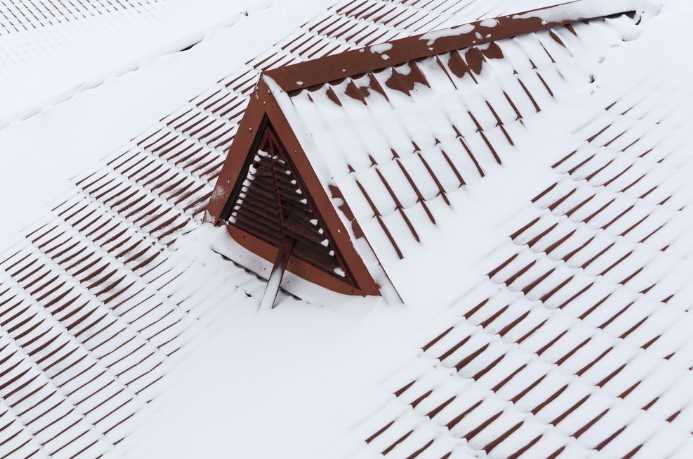
What to Consider Before Installing a Roof Snow Alarm System
If you’re thinking of installing a roof snow alarm system, it’s essential to make sure you know what to look for. In addition to the technical features of the roof snow alarm, you’ll want to look at other factors that will ensure your new system will do its job. Here’s a rundown of some of them:
Design Snow Load May Vary for Different Sections of a Roof
If you have a house in a cold climate, you may find that the amount of snow on your roof varies from year to year. However, you can follow general guidelines to prevent excessive snow from accumulating on your roof.
One of the most important things you can do is check your building’s snow-load carrying capacity. This is a crucial part of your design and should be documented on your building’s structural drawings.
A snow load is a measurement of the weight of snow on a roof. This information helps determine whether your roof is strong enough to withstand heavy snowfall.
Calculators to Determine How Many Snow Guards are Needed
If you are installing a snow alarm system on your roof, use a snow guard calculator to help determine how many snow guards will be needed. It is essential that the snow guards be installed correctly and that the roof’s loading forces are calculated. Moreover, a building monitoring system will help to mitigate the likelihood of liability issues associated with falling snow.
Snow guards prevent snow from sliding off a roof when temperatures rise. Aside from protecting property, they keep ice and snow from melting and forming avalanches.
The spacing of snow guards is crucial. Each row should be placed on the lower half of the roof surface. Consider the roof’s pitch and rafter length when designing a snow guard layout.
Protect People, Landscapes, Gutters, Adjacent Roofs, and Vehicles
When tackling the snow above and the ice beast of winter, one should be mindful of a few pitfalls. Avoid replacing a damaged roof and the cost of a contractor to the rescue. In the event of a loss, hiring a local firm with a solid reputation and a fair price is advisable. A small but reputable company can ensure a less frosty winter. On the flip side, such a company should be able to ensure that you are a happy customer. Lastly, a well-equipped firm should be able to make sure you are covered for the entirety of the season.
Clear Rooftop Drains and Outlets After a Snowstorm
One of the most enjoyable parts of the winter season is watching the snow flitter in slow motion. This is a rite of passage for many of us in the northern latitudes and southwestern slew of states. After the snow flitter, you can finally kick back and relax. But if you haven’t had a snowflake for a while, you might find yourself in the grip of the big one – err, a tad too much for your liking. On a positive note, this is the perfect time to winterize your home before the big freeze sets in. The following tips and tricks will have you well on the way to winterized bliss in no time at all.
Heated Cables and Heated Mats Can Help Prevent Snow From Accumulating in Gutters and Near Roof Overhangs
Several options are available if you want to keep your roof and gutters free of ice and snow this winter. One is a heated cable, also known as heat tape, which can be installed on your top. It aims to prevent ice dams and keep the gutters clear.
Another option is to install a heated mat on your roof. These mats come with sensors and can turn on automatically when a specific threshold is reached. They’re primarily intended for new roofs.
Both options are designed to prevent ice and snow from accumulating in the gutters. While a heat mat will be less expensive to install, it’s more complex than a heated cable. For instance, you’ll have to remove the shingles from your roof before installing the heat mat.
The Cost-benefit Case for a Roof-deflection Monitoring System
It’s a fact that winter storms can be debilitating, especially if they involve snow and ice. And the safe removal of snow can be costly. A system that could prevent the need for a snow removal budget boost could save you some significant coin. With the advent of technology, a well-designed roof deflection monitoring system can be the day’s savior. A top-of-the-line solution is a surefire way to stay one step ahead of a potential disaster. By using many sensors and granular data, you’ll be able to detect problems before they wreak havoc. For example, an automated solution can provide warnings when critical thresholds are crossed, ensuring that a roof collapse does not become an unmitigated disaster.
